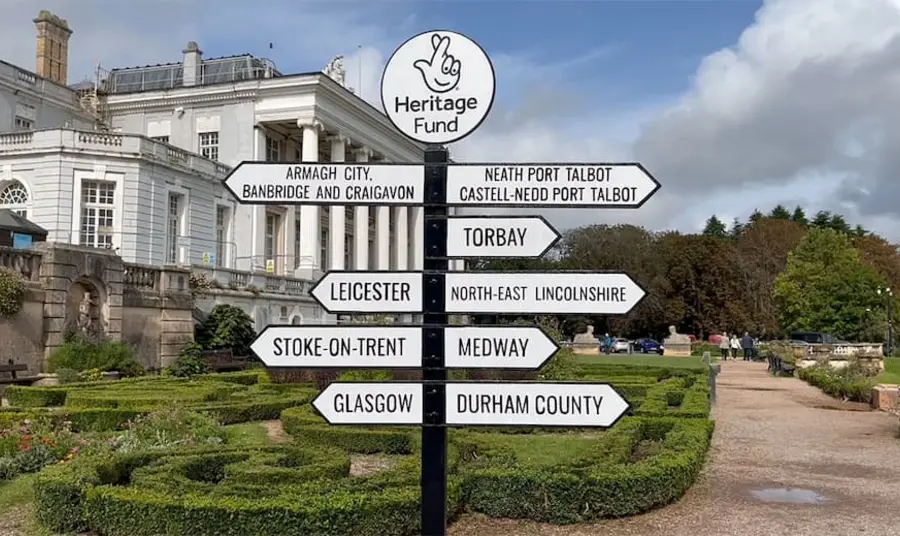
Credit: Heritage Fund
Outcomes
Data for Heritage Places – a new analysis using the Heritage Index
We created – with the places and insight teams at the Heritage Fund – a new methodology for combining indicators about places in order to fairly and transparently prioritise funding according to need, potential and opportunity.
Download the methodologyThe Project
The UK’s National Lottery Heritage Fund (the principal funder of built and intangible heritage) needed to create a politically neutral, evidence-based approach to prioritising regions and localities within its flagship £200m Heritage Places initiative.
Hitherto, project funding decisions had been made by regional committees on a project-by-project basis without an overall prioritisation of places, thus not providing for the balance of the portfolio of projects and funding to be managed on a geographical basis.
Work to date on heritage indices created for other purposes had been broad brush, whereas this decision-making framework needed to explicitly separate out different heritage, social and economic ‘factors’.
Our Solution
Collaborating with the Heritage Fund’s place-based policy and research and insights teams and building on our previous research for the Fund on their working with local authorities in a more collaborative way, we:
- Provided expert review and constructive challenge to heritage, social and economic factors in the Fund’s draft decision-making framework
- Defined use cases for the framework – ie who was deciding what, within what process and which governance structures – against which we could design a basket of indicators and methods for generating and applying them
- Reviewed 400 potential data sources for indicators and measures for multiple aspects of every factor – from funding history and existing heritage assets to socio-economic deprivation and opportunities afforded by initiatives and investments from others
- Applied the indicators and measures to a sample of places to pilot the new framework, creating evidence-based ‘pen portraits’ of regions and localities that could be enrich by the Heritage Fund’s local team’s knowledge and consultation with stakeholders
Project Impact
- £200m of funding is to be allocated to the places with the greatest need, opportunity and potential
- The indicators and quantitative research methodology have provided a more nuanced view of heritage within place-based policymaking and regeneration
- The place-based evidence-based pen portraits have provided a new way of discussing priorities and developing partners with local, region and national stakeholders in places
Work with us
If you are interested in getting us involved in a project like this, please get in touch.
Get in touch
